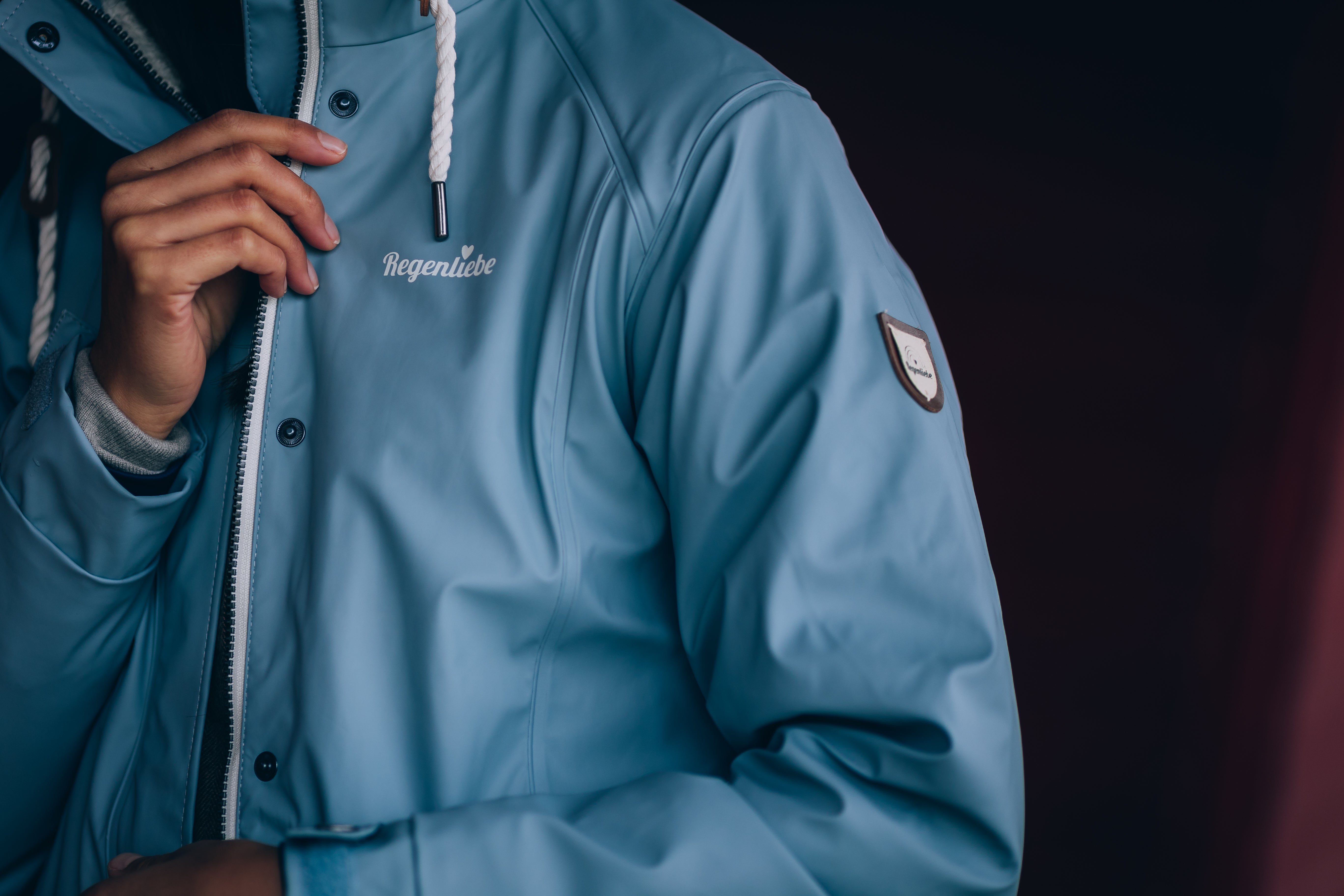In the world of fashion, sustainable practices and innovations have become crucial to reduce the industry's environmental footprint and promote ethical standards. For a brand like "Regenliebe", which specializes in stylish and functional rainwear, there are numerous exciting developments that are both environmentally friendly and aesthetically pleasing. Here are some of the latest trends and innovations in sustainable fashion for 2024.
1. circular economy and reuse
The idea of the circular economy, in which materials are continuously reused and recycled, is gaining in importance. Clothing rental platforms and innovative recycling technologies are on the rise. These approaches minimize waste and maximize the lifespan of garments.
- Clothing rentals: More and more consumers are choosing to rent clothes instead of buying them. This reduces the production of new clothing and reduces textile waste. This is an environmentally friendly option, especially for special occasions or changing fashion trends (The Sustainable Brands Journal) (Living Wild & Green).
- Recycling technologies: Companies like Refiberd use AI-powered systems to identify and recycle blended fabrics. These technologies make it possible to convert old garments into new fibers, reducing the need for new raw materials (Good On You).
2. bio-based and plant-based materials
The use of bio-based and plant-based materials is another important trend. These materials are not only more environmentally friendly, but also offer unique aesthetic and functional benefits.
- MIRUM: A plastic-free leather alternative made from agricultural waste such as rice husks and coconut shells. MIRUM is fully biodegradable and has a lower environmental impact than conventional leather products (World Economic Forum).
- Plant-based fiber insulation: Materials such as bamboo and hemp are increasingly being used as sustainable alternatives for insulation materials in clothing. These materials are renewable and have a smaller environmental footprint (Living Wild & Green).
3. technological innovations
Technology plays a key role in the further development of sustainable fashion. From virtual fitting rooms to AI-supported training and education for garment workers, technological solutions are helping to make the fashion industry more efficient and environmentally friendly.
- Virtual fitting rooms: Technologies such as Style.me enable customers to try on clothes virtually. This reduces returns and the associated environmental impact (Good On You).
- AI-supported training: platforms such as Shimmy Technologies use AI to teach garment workers new skills and prepare them for the requirements of modern, sustainable production processes (Good On You).
4. regenerative fashion
Regenerative fashion goes beyond mere sustainability and aims to actively improve the environment. This movement includes practices such as regenerative agriculture and the use of organic materials that improve soil quality and promote biodiversity.
- Regenerative agriculture: This practice promotes the use of methods that improve the soil and regenerate the environment, such as growing organic cotton without harmful pesticides and fertilizers (The Sustainable Brands Journal).
- Organic materials: The use of organic, biodegradable materials helps to minimize environmental impact and promote sustainability in the fashion industry (World Economic Forum).
Conclusion
The future of sustainable fashion is promising and full of innovations that are both environmentally friendly and offer aesthetic and functional benefits. For brands like "Regenliebe", these trends offer the opportunity to develop eco-friendly and stylish products that meet modern consumer demands. By integrating these innovations, we can make a positive contribution to the fashion industry and the environment.


